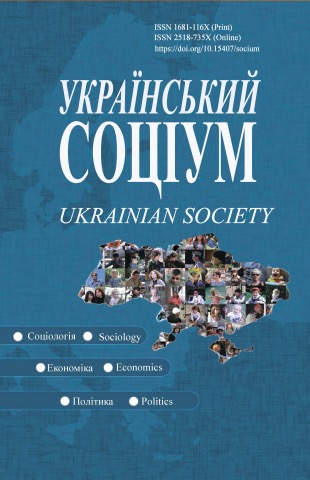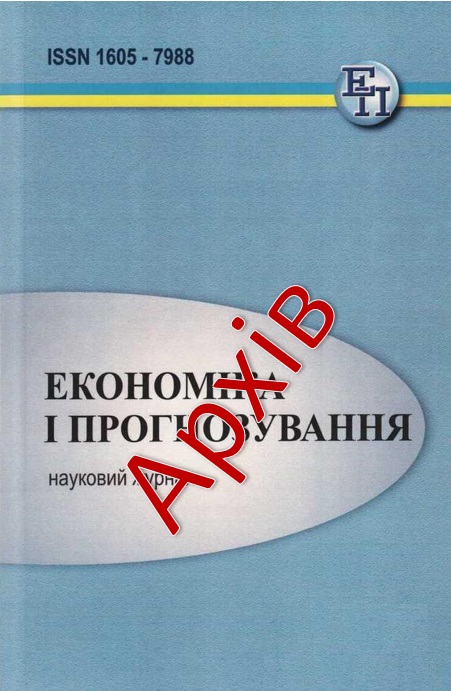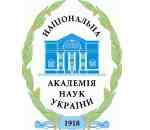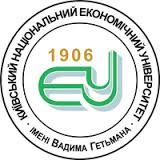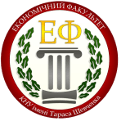A new research paper by the Institute has been published:
The implementation of the Association Agreement between Ukraine and the EU: recommendations based on the experience of Eastern Europe: research paper / ed. Acad. NAS of Ukraine V.Heyets, Corr. NAS of Ukraine A.Danylenko, Cor. NAAS of Ukraine, Dr. of Econ. T.Ostashko; National Academy of Sciences of Ukraine, State Institution "Institute for Economics and Forecasting of National Academy of Sciences of Ukraine"- K., 2015. - 104 p.
The report provides recommendations on the implementation of the Association Agreement between Ukraine and the EU elaborated by a research team of State Institutions "Institute for Economics and Forecasting of NAS of Ukraine" (IEF) based on analysis of the experience of European integration in Eastern Europe.
The scientists investigated various problems of the implementation of the Agreement for individual industries, markets, and economic and financial institutions, such as agriculture, food processing, steel, energy, rail transport, financial markets, monetary policy, technical regulations, public procurement and the environment, and produced a series of recommendations for the government and business with a focus on the role of industry associations and mechanisms of cooperation between business and government.
The recommendations are based on the analysis of the experience of implementation of the European Association Agreements in Eastern European countries and analysis of structural changes that have occurred in these countries after the completion of the implementation and following their EU membership. Special attention was given to those provisions of the Association Agreement between Ukraine and the EU, whose implementation, as shown by analysis of the experience of Eastern Europe, may require extension of time, and whose implementation involved EU financial assistance.
The paper is the third issue in the series dealing with the problems of European integration of Ukraine completed by the research team of IEF scientists.


 English
English Ukrainian
Ukrainian 

